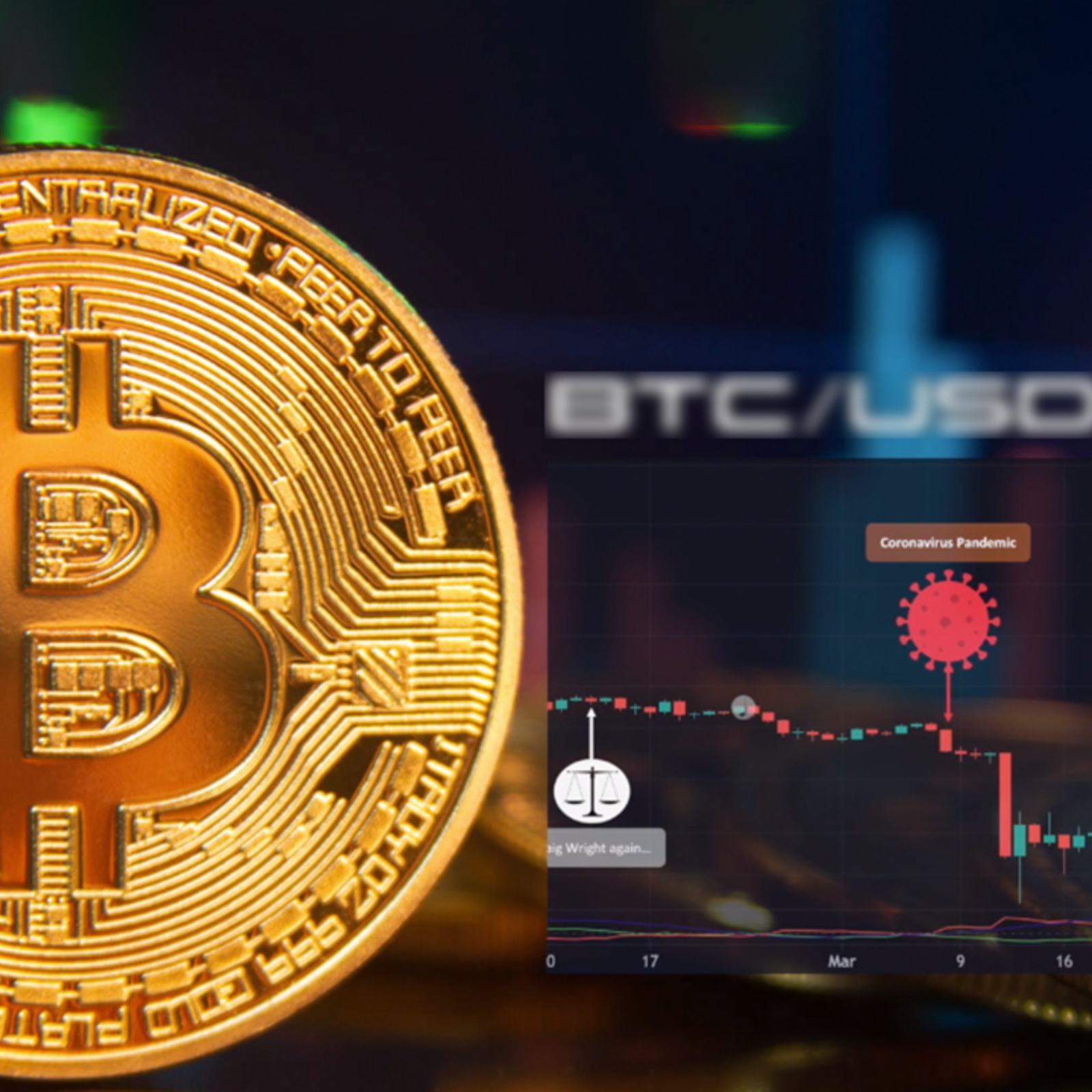The commercialization of art is continuously evolving, particularly in recent years with the introduction of non-fungible tokens, or NFTs. Fungible assets, such as the well-known Bitcoin cryptocurrency, are interchangeable with each other because they are equal in value (one Bitcoin is always worth one Bitcoin). Non-fungible token, by contrast, are unique digital assets such as digital artworks and paintings, audio files, video files, photographs or gifs. Their value is subjective, and they are not directly interchangeable. The acquisition of computerized works makes up for a significant part of the popularity of this new form of investment that is closely linked to cryptocurrencies.
Music went digital in the wake of COVID-19
Lately, NFTs have become increasingly popular in the music industry. In 2020, the COVID-19 pandemic deprived most musicians of their primary sources of revenue, and the music industry faced serious limitations. In response, it widely expanded its presence in the digital sphere, as I explain in my article «Music goes digital in the Age of Social Distancing». This proved fertile ground for NFTs as a new way to commercialize art. Soon enough, a wave of innovative digital artworks flooded the marketplace. NFTs became the talk of the town at the beginning of 2021, attracting celebrities and mainstream investors alike. Collectors and speculators viewed NFTs as a quick, safe and low-cost investment alternative.
Among the NFT projects that bring innovation to the traditional world of classical music, there are two collections that document in sound the historic fluctuations of cryptocurrencies in the cryptospace during 2020. The Bitcoin 2020 Symphony in «The Music of the Charts» is the sonification of the trading view BTC 2020 chart. It is written for a Symphonic orchestra using traditional methods of music composition, while the collection «One Crypto Coin a Day» is a contemporary conceptual experiment of sonification using data-driven methods and artificial intelligence.
NFTs became the talk of the town at the beginning of 2021, attracting celebrities and mainstream investors alike.
In April of 2021, Iberia Classics, the first platform to bring classical music into the Cryptospace, produced an original digital recording for string orchestra and choir, powered by the NFT marketplace Opensea. Lorem Ipsum Passacaglia was the first piece of classical music for sale on the blockchain, at the winning bid of 1ETH ($4500 at the time of the sell). Other classical music platforms like KOLO MUSIC and Virtual Circle offer livestreaming, tickets and digital works as NFTs. Further projects created and performed by prestigious musicians are MozartBEats, modernizing Viennese music traditions, or the Dallas Symphony Orchestra’s releases of historical performances in the form of NFTs.
Non-fungible tokens offer new ways to create and monetarize art
Although today's creators have greater access to fans than ever before, it is still others who keep the main share of the profits. For example, Spotify and record labels typically take a big cut from the revenue derived from the artists' works. Only 10% remains for the musicians. One of the social benefits of NFTs is that the capital flows directly to musicians. In the eyes of artists, especially independent musicians, NFTs are a means to fund their creative works without intermediaries and without having to compromise on ownership. This reminds us of the old concept of patronage, in which artists were financed by wealthy individuals searching for cultural prestige.
A wealth of talent has emerged in cyberspace that would never have been noticed otherwise, and the production of digital music works has been soaring. We are witnessing a historical moment of artistic fertility in which classical musicians can express themselves freely, allowing their creative abilities to flow. At the present time, millions of NFT art pieces can be found online. Because of this fierce competition, artists are forced to rethink their marketing strategies and to adapt them to the new digital marketplace. Hence their attention has been drawn to the metaverse.
How the metaverse could diversify the music industry
Today, the metaverse can be understood as a collection of interconnected digital worlds, commonly described as virtual worlds, where a user, represented by their own avatar, engages in social and economic interactions and in everyday events through an exclusive, immersive experience. According to a Morning Consult survey (March 2022), metaverse users particularly value virtual live concerts. They even prefer them over shopping and watching sports in the metaverse. In these concerts, artists are visualized as high-end 3D characters (a.k.a. avatars) and rendered in real-time, with lighting and VFX to produce truly live digital experiences.
Metaverse users particularly value virtual live concerts. They even prefer them over shopping and watching sports in the metaverse.
The number of community sites and digital platforms that offer access to virtual music worlds is growing (one example is Melodity). Using Web 3.0 technology powered by blockchain, they allow artists to monetarize their works, for example by offering exclusive fan experiences or virtual live music. Other music-based virtual worlds offer immersive game experiences, such as Blankos Block Party, Decentraland, Sandbox, Star Atlas, and Roblox. Together, these virtual venues will surely revolutionize the music industry in the years to come.
Centralization could stifle the empowerment of artists in the metaverse
Major corporations will play a significant role in the evolution of the metaverse. Unfortunately, some of these companies might pose a risk to users and to the promise of empowerment of artists in cybersphere. This is exemplified by the company Meta, who owns Facebook, Instagram and Oculus. According to Philip Rosedale, who has designed the virtual world Second Life with more than 70 million registered users, we should be wary about the virtual reality headsets that Meta intends offering to enter «their» metaverse: These devices could potentially track facial expressions, heart rate, gait, posture, body language, and other aspects of ourselves that we are unaware of, and then use that information to influence us. In addition, the consumption of nauseating virtual reality (VR) games may also result in cognitive impairments due to their negative impact on the brain development, placing youth among the most vulnerable.
As explained before, the metaverse holds significant promise of a new revenue stream for independent creators, particularly through the integration of cryptography and decentralized platforms that promote alternative revenue models. Centralized metaverse platforms, on the other hand, seem rather undesireable from the artist's perspective: They are not only characterized by increasing fees and inequitable community guidelines, but also likely to encourage platforms incompatibilities. Meta, for example, plans to take approximately 50% of the revenue generated by the sales of virtual assets by artists and content creators. It would not come as a surprise if independent artists turned their back to this type of centralized metaverse, as they might be compelled to subordinate to a monopoly of centralized power that stifles their artistic freedom and poses a threat to their ownership rights.
Bibliography
Chalmers, Dominic et al. (2022): Beyond the bubble: Will NFTs and digital proof of ownership empower creative industry entrepreneurs?, in: Journal of Business Venturing Insights 17, e00309. https://doi.org/10.1016/j.jbvi.2022.e00309
Estrada Bascuñana, Carolina (2020): Music goes digital in the Age of Social Distancing, in: SocietyByte. Wissenschaftsmagazin des BFH-Zentrums Digital Society. https://www.societybyte.swiss/2020/10/02/music-goes-digital-in-the-age-of-social-distancing/
Wang, Qin et al. (2021): Non-fungible token (NFT): Overview, evaluation, opportunities and challenges, in: arXiv:2105.07447. https://doi.org/10.48550/arXiv.2105.07447
About the author
Dr. Carolina Estrada Bascuñana (www.carolinaestrada.com) is a music scientist, NFT artist and technologist. Holder of numerous awards and prices, including the Swiss National Science Foundation Spark Award 2020, the Australian George Henderson Award 2016 and the Spanish General Society of Authors and Publishers (SGAE) Award 2016. She has extensive experience supporting students as an educator in music schools, conservatoriums and universities in Australia, Asia and Europe. She is regularly invited to lecture at international scientific conferences and universities.
Open Access
This is an open access publication, licensed under CreativeCommons CC BY-SA 4.0.
Disclaimer
The blog articles may contain the opinion of the author, which does not necessarily reflect the position of their employers or the SAGW.


